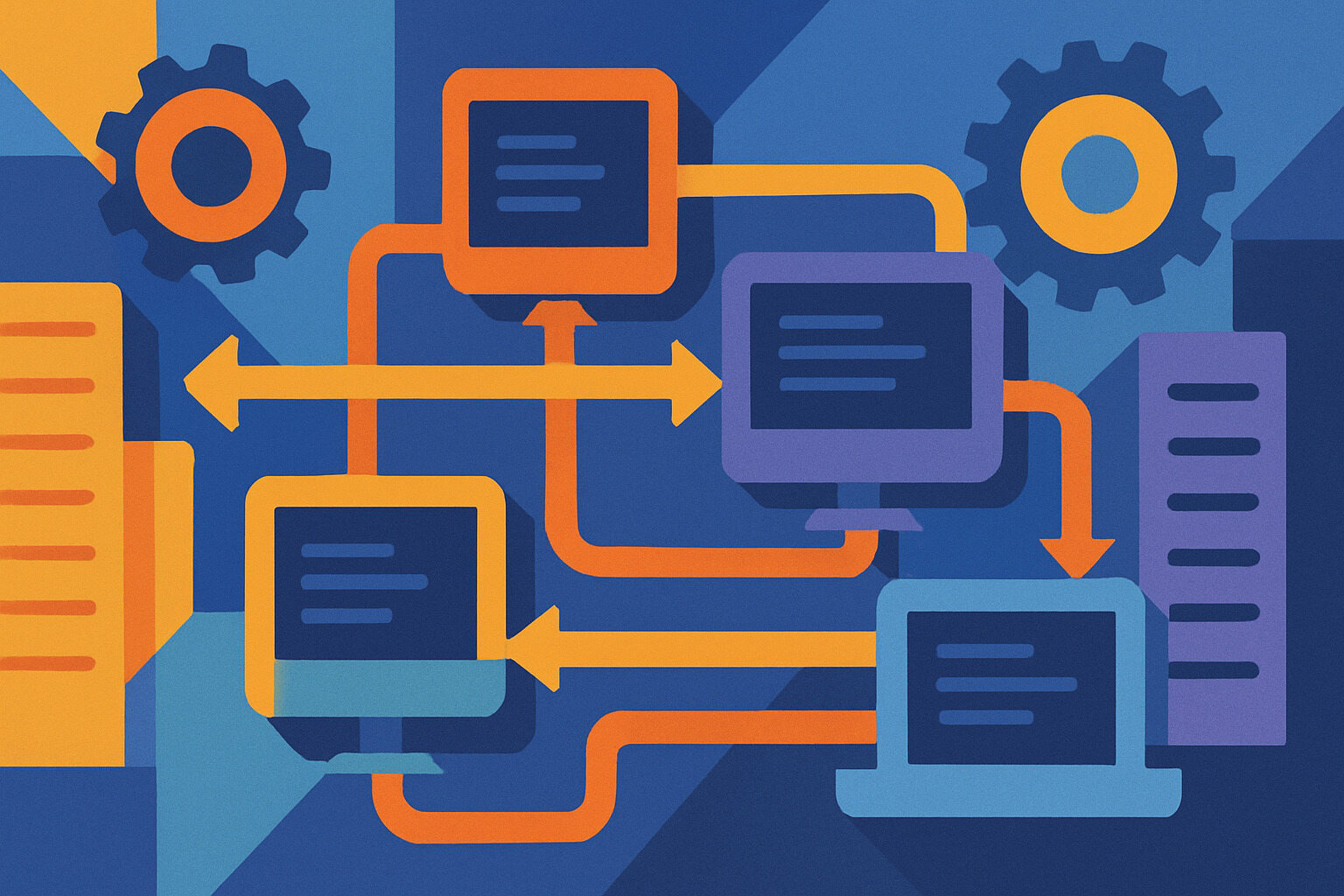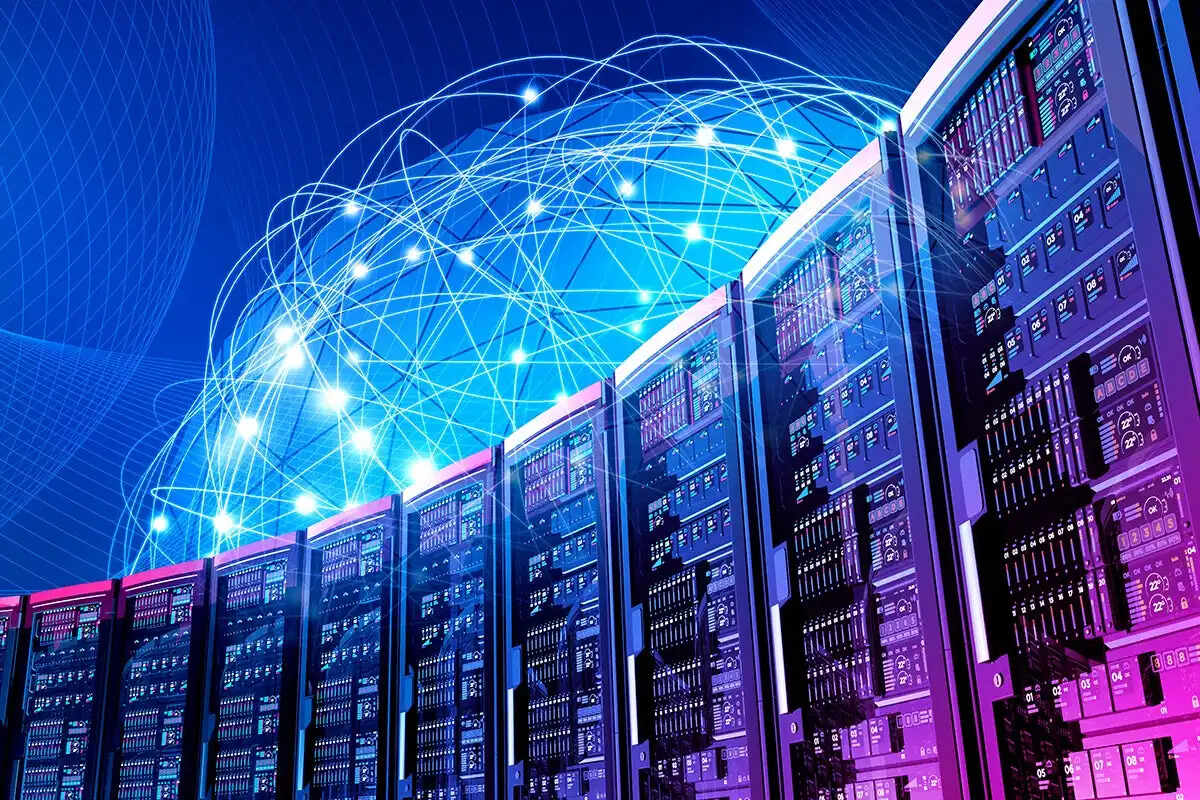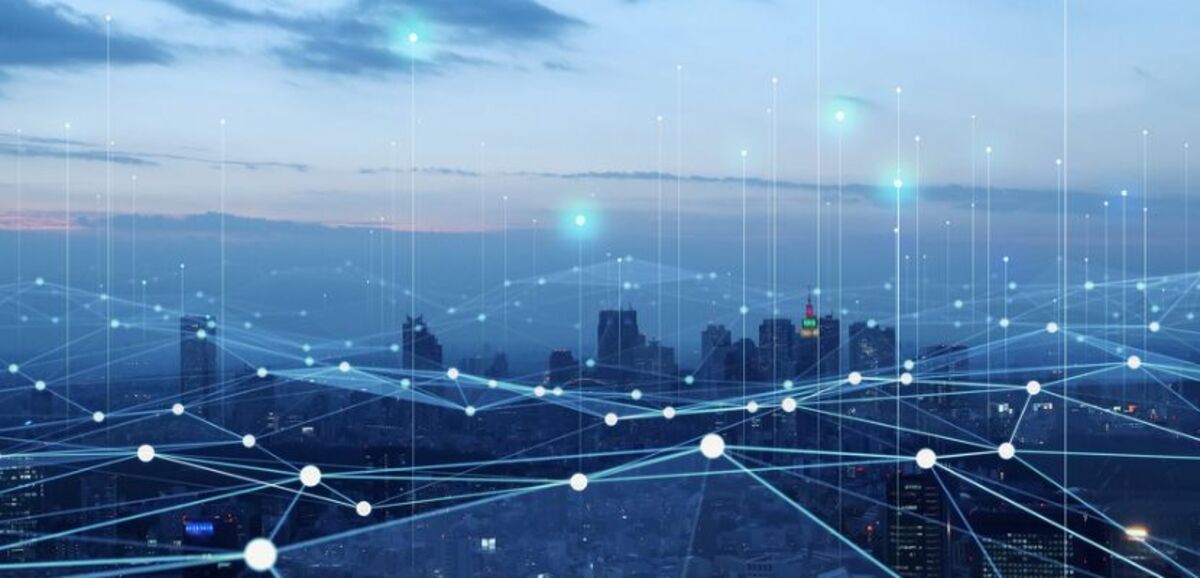Speeding Up Complex Tasks with Shared Power
Handling large-scale problems—like climate modeling, space simulations, or analyzing gene sequences—takes serious computing muscle. But no single machine can handle it all at once. That’s where parallel processing in grid computing steps in. It allows multiple computers to work on different parts of a job at the same time, getting results faster and more efficiently.
Instead of waiting hours or even days for a single processor to crunch through one long task, parallel processing splits that job into smaller parts. Each part gets handled separately, often by different machines in a shared network. These results are then brought back together for the final outcome.
This approach is used every day in fields like science, finance, weather prediction, and data mining. Whether it’s tracking a storm or simulating a new drug, parallel processing gives teams the speed and power they need to work without limits.
How Tasks Are Divided in Grid Systems
To make parallel processing work, tasks need to be broken down into smaller, manageable pieces. This step—called task partitioning—allows a complex problem to be tackled from multiple angles at once. Grid computing systems are designed to recognize which tasks can be done independently and send them out across available machines.
For example, if researchers are analyzing satellite photos of a rainforest, the images can be split into sections. One computer might process the tree canopy while another examines the soil patterns. Since the tasks don’t rely on each other, they can run side by side.
The system keeps track of which pieces go where, ensures everything runs smoothly, and then reassembles the results into one complete report. This process works whether the grid is made up of a few computers or thousands spread across the globe.
Communication Between Nodes in the Grid
Grid computing doesn’t work unless the machines involved—known as nodes—can talk to each other. These nodes share information about what they’re doing, what’s finished, and what still needs attention. This coordination makes sure no effort is wasted and all parts of a task are completed.
If one machine in the grid finishes early, it can take on another task, keeping the whole system busy and efficient. At the same time, if a machine crashes or slows down, the system can shift work to another node without interrupting the overall process.
This back-and-forth communication also allows updates to be shared quickly. If one node learns something important—like a change in data or a faster method—it can pass that on to others. This teamwork keeps the grid adaptive and productive.
Common Uses in Scientific Research
Scientists often face problems too large for a single computer to solve. From mapping the human genome to running simulations of earthquakes, parallel processing helps turn these big questions into real answers. Grid systems make this kind of research possible without requiring special hardware in one location.
In medical research, for instance, a lab might run thousands of models to predict how a new drug behaves in the body. By using parallel processing, those simulations can run all at once, cutting down the time from weeks to hours.
The same is true for environmental studies. Climate scientists rely on grids to model changes in temperature, rainfall, and ocean currents. With parallel processing, they can compare dozens of scenarios quickly and more accurately predict what might happen in the next few years.
Real-Time Data Processing in Weather and Space
Meteorologists use huge amounts of data every hour. Satellites send images, radars scan the skies, and sensors on the ground report temperature, wind, and humidity. Processing all that information fast enough to update a forecast requires serious computing help.
Grid computing lets weather centers run parallel models that account for different conditions. One set of machines might focus on storm patterns, while another watches ocean currents. This lets forecasters test different possibilities and update predictions without delay.
Space missions also benefit. When a telescope sends back images from deep space, each one can be broken into sections and analyzed in parallel. This gives scientists faster access to details, helping them respond to events like solar flares or spacecraft signals without missing a beat.
Speeding Up Big Data Analytics
Companies and governments now collect more data than ever before. Customer records, transaction logs, security footage, and social media trends all pile up quickly. Without parallel processing, sifting through this sea of data would take far too long.
In grid systems, each computer handles a slice of the data. This allows analysis to happen side by side across different machines. A marketing team, for example, might analyze sales trends while the tech department looks for security gaps—both using the same grid.
This method doesn’t just save time. It also opens up more detailed insights. With faster processing, teams can test more ideas, try more filters, and search for connections that would be too time-consuming otherwise. It turns raw data into clear, timely decisions.
Avoiding System Bottlenecks with Load Balancing
As powerful as grid computing is, it still needs balance to work well. If one machine is overloaded while others sit idle, performance drops. To prevent that, systems use load balancing to distribute tasks evenly across the grid.
Think of it like a group project. If one person is doing all the work while others have nothing to do, the project drags. Load balancing makes sure everyone stays busy with a fair share. This keeps the system running at full strength and reduces waiting times.
If something goes wrong—like a machine overheating or losing power—the system can reroute its task to another part of the grid. That keeps everything moving forward without delay. It also helps avoid complete shutdowns, which is especially important during time-sensitive operations.
Improving Performance in Business and Finance
Financial firms deal with time-critical tasks every second. Markets move fast, and decisions need to be based on the latest data. Grid computing lets them run risk assessments, fraud checks, and trade simulations all at the same time through parallel processing.
For instance, an investment company might run thousands of “what if” scenarios across its portfolios. Each scenario checks how changes in interest rates or oil prices could impact investments. With parallel processing, those tests happen instantly, helping the firm react quickly to market shifts.
The same power helps banks track transactions. If someone tries to use a credit card in two countries at once, the system needs to flag it fast. Parallel processing checks for patterns and alerts the right teams without slowing down other operations.
Pros and Cons of Parallel Processing in Grids
Parallel processing offers many benefits. It speeds up large tasks, uses resources more efficiently, and allows teams to tackle complex jobs that would be impossible with a single computer. It also supports more testing, which leads to better decisions.
Still, it comes with challenges. Not every task can be split into independent parts. Some problems need a strict order of steps, which limits how much can run in parallel. Communication between machines can also slow things down if the network isn’t strong.
Despite these hurdles, most industries find that the benefits far outweigh the drawbacks. As systems improve, and as more people learn how to build strong grid networks, the performance gap continues to shrink.
Keeping the Future of Processing Flexible and Fast
Technology changes quickly. What works well today might need updates tomorrow. That’s why grid computing and parallel processing stay popular—they’re flexible. Instead of replacing old systems, teams can add new machines to the grid and keep working without interruption.
This flexibility makes it easy to grow. A university lab, for example, might start with five computers and add more as projects expand. Businesses can do the same, adjusting their grids to meet changing demands without expensive upgrades.
The future will continue to depend on speed, accuracy, and adaptability. Parallel processing in grid computing checks all those boxes. It helps researchers, companies, and governments work faster and smarter without having to start from scratch every time.



